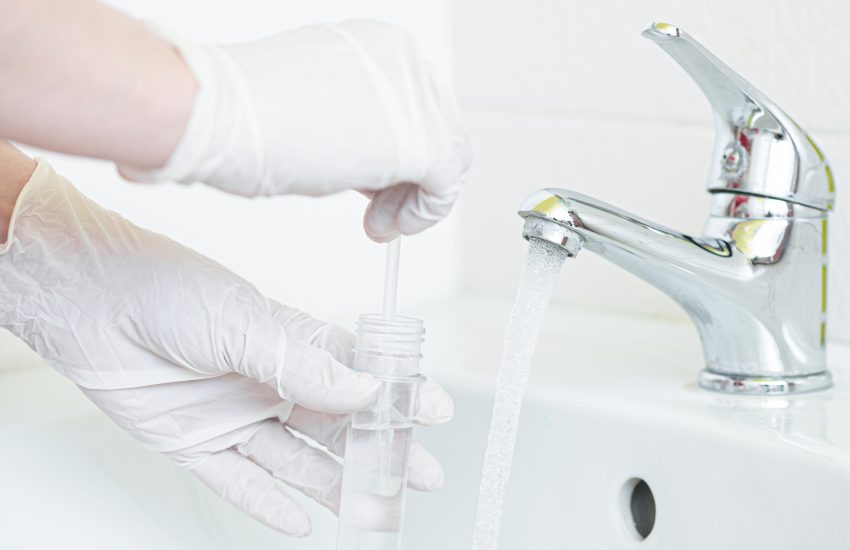On July 30, 2020, New York’s Public Health and Health Planning Council voted in support of maximum contaminant levels (MCLs) for PFOA and PFOS—the two most well-known per- and polyfluoroalkyl substances (PFAS). The Council voted to set the MCLs for both chemicals at 10 parts per trillion—among the lowest levels adopted by any state, and significantly lower than the U.S. EPA’s current guidance levels of 70 ppt.
Another chemical—1, 4-Dioxane—also has an MCL of 1 part per billion now. New York announced that this regulation is “a first-in-the-nation drinking water standard” for the dubbed “emerging contaminant.” While the U.S. EPA does not have guidance on 1,4-Dioxane, in accepting the Drinking Water Quality Council’s recommendations, the Governor stated that “Establishing such highly protective MCLs and requiring every public water system to regularly test and monitor, regardless of size, will ensure that contaminant levels never rise to the point of causing a public health risk.”
Upon approval by New York’s Health Commissioner and publication in the State Register (which is expected soon), the new MCLs will require public water systems to conduct regular testing to monitor these compounds. Specifically, water systems serving more than 10,000 people will be required to start testing within 60 days of publication, and systems serving between 3,300 and 9,999 will have 90 days. Smaller water systems serving less than 3,300 people will have to start testing within six months.
The impact of these MCLs is obviously an increase in the use of public resources and testing required to enforce the new regulations, but if the MCL level is breached, it will also require the public water authority to notify the people that it serves, and to develop a plan to counteract the MCL exceedance. With the acknowledgement by the state that these chemicals are worthy of an MCL and the accompanying testing, increased litigation is also likely to follow.
As we have written about here and here, litigants are looking increasingly for defendants (manufacturers, operators, dischargers, etc.) on which to pass these costs. Many lawsuits assert causes of action for strict products liability for defective design and failure to warn of products containing these chemicals, negligence, public nuisance, and trespass. In these actions, water districts around the country seek damages to recover costs to protect and restore their drinking water supply, and for reimbursement of the costs related to designing, constructing, installing, operating, and/or maintaining the treatment facilities and equipment required to remove the chemicals from the drinking water.

